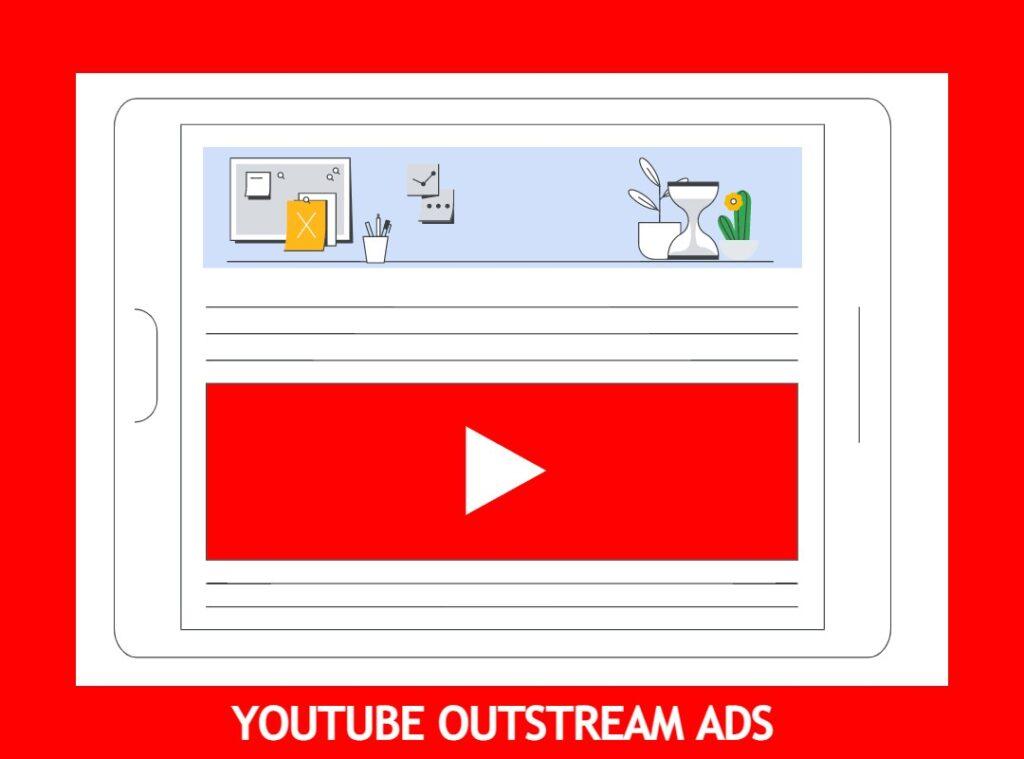In recent years, there has been a significant shift in the way people consume video content. Traditional cable and satellite television have taken a backseat to newer technologies such as Over-the-top (OTT) and Connected TV (CTV). These two technologies are often compared to each other, but they serve different purposes and cater to different audiences. In this article, we will explore the differences between OTT and CTV.
OTT refers to video content delivered over the internet directly to the consumer without the involvement of a traditional cable or satellite provider. It is often accessed through apps on devices such as smartphones, tablets, and smart TVs. Examples of OTT services include Netflix, Amazon Prime Video, and Hulu. These services offer a vast selection of TV shows, movies, and original content that can be streamed at any time, with the convenience of watching on demand. CTV, on the other hand, is a form of OTT that is accessed through a dedicated device, such as a Roku or Apple TV, that is connected to a TV. CTV devices provide access to a wide range of streaming services, including OTT content, through a single interface. This makes it easier for viewers to navigate different streaming platforms and find the content they want to watch. CTV also offers interactive features, such as games and social media integration, that traditional cable and satellite TV cannot provide.
One of the key differences between OTT and CTV is the way they are accessed. OTT content can be viewed on any device with internet access, while CTV requires a dedicated device connected to a TV. This means that CTV offers a more traditional TV viewing experience, with the added convenience of being able to access streaming content through a single device. OTT, on the other hand, offers a more flexible viewing experience, allowing users to watch content on their smartphones, tablets, or laptops.
Another difference between OTT and CTV is the type of content they offer. OTT services typically offer a wide range of TV shows, movies, and original content that can be accessed on demand. CTV, on the other hand, offers a more traditional TV viewing experience, with access to live TV channels and programming. CTV also offers interactive features, such as games and social media integration, that are not available on OTT services.
One of the biggest advantages of OTT and CTV is the ability to personalize the viewing experience. With OTT, users can create custom playlists and recommendations based on their viewing history and preferences. CTV devices also offer personalized recommendations, as well as the ability to search for content across multiple streaming services. This allows viewers to easily find the content they want to watch, without having to navigate through multiple platforms.
In terms of advertising, both OTT and CTV offer targeted advertising capabilities that are not available on traditional cable and satellite TV. Advertisers can use data from viewers’ viewing history and preferences to deliver targeted ads, increasing the effectiveness of their campaigns. This also means that viewers are more likely to see ads that are relevant to them, which can lead to higher engagement and conversion rates.
In conclusion, both OTT and CTV offer a range of benefits for viewers and advertisers alike. While they serve different purposes and cater to different audiences, they both offer a more flexible and personalized viewing experience than traditional cable and satellite TV. As more viewers cut the cord and switch to streaming services, it is likely that the popularity of OTT and CTV will continue to grow, making them an important part of the media landscape for years to come.


